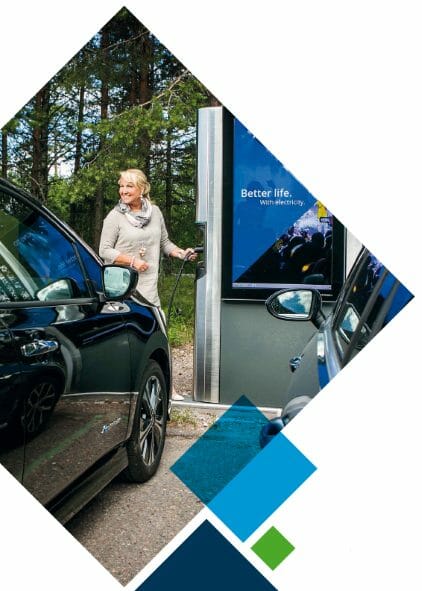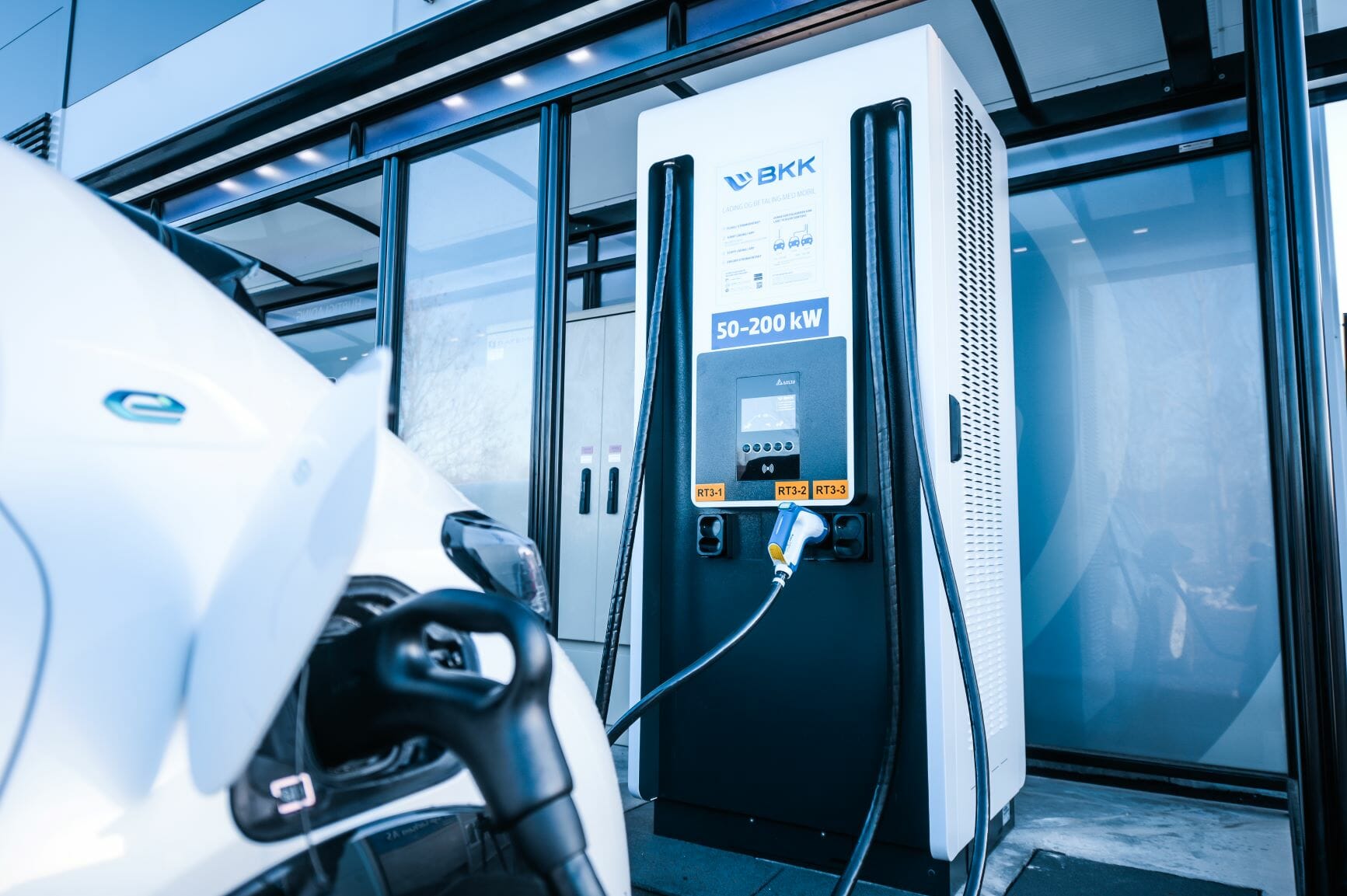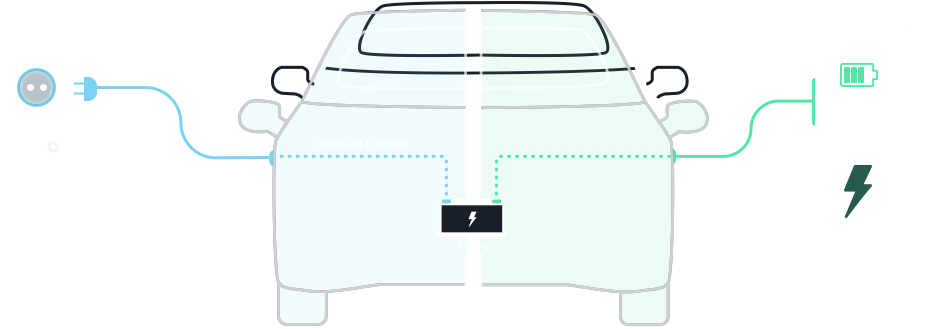E-mobility is the future!
The future is here!
E-mobility has come to stay, leading to a greener environment, reducing rapidly the emissions produced by the vehicles’ internal combustion engines.

In the last year, the numbers show this trend, since more and more consumers buy electric vehicles or vehicles with low-emissions.The goals set for 2030 (1 in 3 new cars EV by 2030) may seem far-fetched but are for sure achievable. The automotive industry is rapidly producing new models of electric vehicles and the market seems to embrace this trend.
In Greece, hybrid models and electric cars, exist since 2014. In recent years, more and more models of them appear in the market. At the beginning, hybrid cars with internal combustion engines and batteries were introduced to the consumers, followed by pure electric cars.
INERGION, as a high-end Technology provider and Supplier of high-quality Electric Vehicle Charging Systems (EVCS) equipment, is trying to contribute actively to this transition that we see in the last years. For the sector of AC charging, Inergion has partnered with the Finnish manufacturer Ensto whereas for DC charging, with the Taiwanese manufacturer DELTA Electronics.

CATEGORIES
E-Mobility
The different use of the car by each of us, creates different charging needs. On average, our daily drive is around 50 km, which translates to 10kWh of energy.
SEE OUR PRODUCTS
KINDS OF CHARGING
There are two kinds of charging AC και DC
The power coming from the public grid is always alternating current (AC). However, batteries, like those used in electric cars, can only store DC power. The main difference between AC charging and DC charging is the location where AC gets converted to DC.

AC
Alternating Current
In AC charging, the rectifier built inside the car, is called ‘’on board charger’’ and converts power from AC to DC. After this conversion the car’s battery is fed by DC current.
Most charging stations that you can find today, use AC charging. The usual charging speed is 22kW, depending on the car you have (most cars have 11kW on board charger), as well as the available power of the charging infrastructure. It is ideal for charging your car at home or at work, as the time required to charge it is quite long.
DC
Direct Current
In DC charging, unlike the AC, the alternating current (AC) is converted to direct current outside the electric vehicle, inside the charging station. That means that charging station can feed power directly to the car’s battery, bypassing the car’s AC /DC rectifier.
DC charging is more common near highways or public charging stations, where recharging time is quite limited. DC chargers are quite bigger and more expensive than AC chargers.
E-Mobility
E-mobility has come to stay, leading to a greener environment, reducing rapidly the emissions produced by the vehicles’ internal combustion engines.
